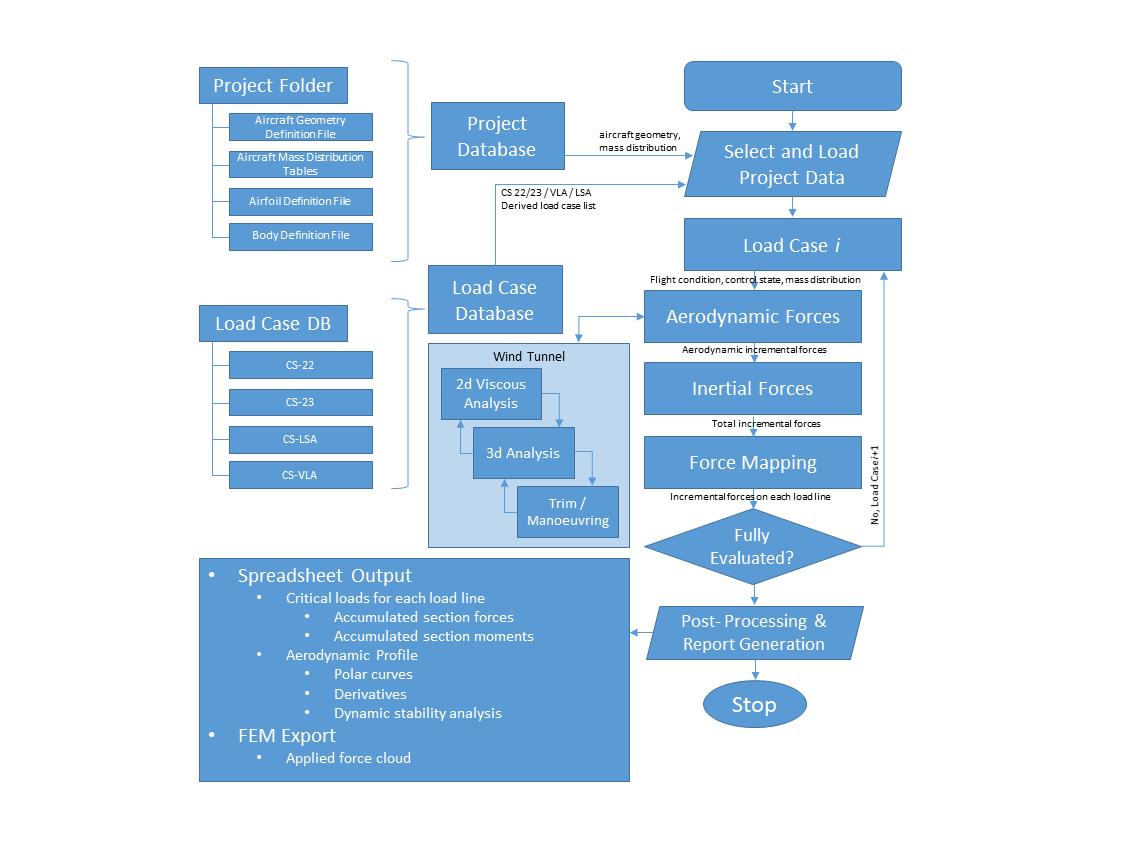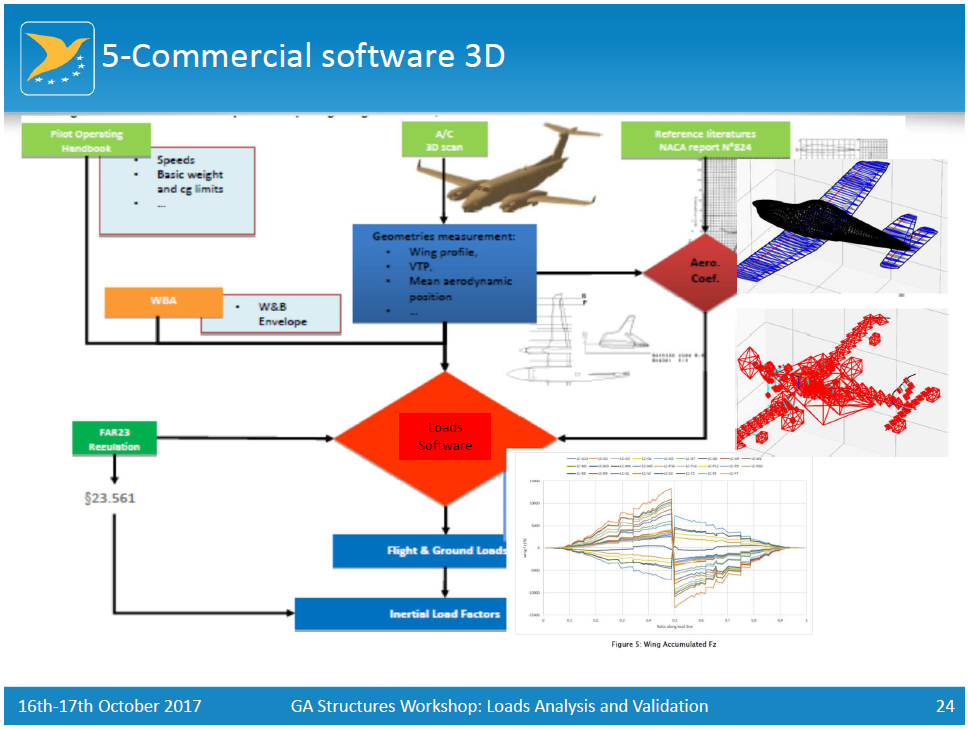Load assumptions
Load Assumptions Service with AIRLET II
Obtaining reliable load assumptions is a critical step in aircraft development and certification.
AirDC utilizes AIRLET II (Aircraft Loads Evaluation Tool II), an advanced, in-house, flight-test-validated software tool that has already proven itself in the design of more than 14 customer aircraft and designed to quickly and accurately predict aerodynamic and inertial loads for aircraft of diverse configurations. This tool focuses on specific certification bases (e.g., EASA CS-23, CS-27, CS-29, CS-VLA, CS-LSA), avoiding overly conservative estimates while ensuring all certification requirements are met, leading to reliable load assumptions recognized by authorities like EASA.
AIRLET II Key Capabilities:
- Comprehensive Load Prediction: Calculates aerodynamic and inertial loads, including detailed component loads.
- Advanced Aerodynamic Modeling: Features a sophisticated aerodynamics solver coupling 2D airfoil viscous flow analysis with 3D aerodynamics. This enables fast and reliable solutions, capable of rapid pre- and post-stall analysis for virtually any aircraft configuration. It also includes detailed propeller slipstream modeling and analysis of its influence on wing lift distribution.
- Propulsion System Flexibility: Offers the capability to model various propulsion systems, including distributed propulsion setups. Furthermore, it allows defining any kind of thrust setting, enabling analysis of scenarios like one engine inoperative (OEI), maximum thrust, or thrust-off conditions.
- Dynamic, Time-Based Simulations: Performs time-based simulations of gusts and maneuvers, as well as aircraft landings. For each time increment within these simulations, full aircraft loads can be processed and analyzed.
- Control System Analysis: Facilitates detailed control effectiveness analysis and stability analysis. It can precisely analyze control surface loads, providing hinge moments, normal forces, and tangential forces for each flight state. Recent enhancements include Trim tab definition within the aircraft model, supporting various control functions (fixed, adjustable, servo, anti-servo), and the modeling of control surface mixing, such as for V-tail ruddervators.
- Efficient Certification Workflow: The toolset includes features for quick and reliable estimation of load cases applicable for aircraft certification. By inputting preliminary geometric and mass data, AIRLET II generates a comprehensive list of loads for all applicable cases, saving significant time during the initial certification phases.
- Data Integration: Allows for easy load export to Finite Element Analysis (FEA) programs for further structural analysis.

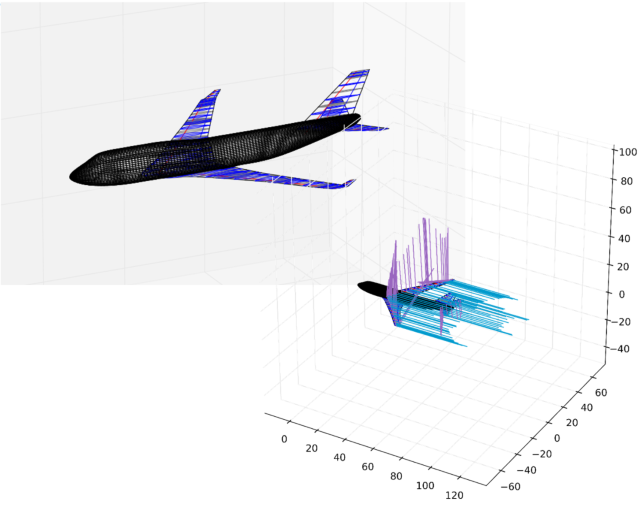
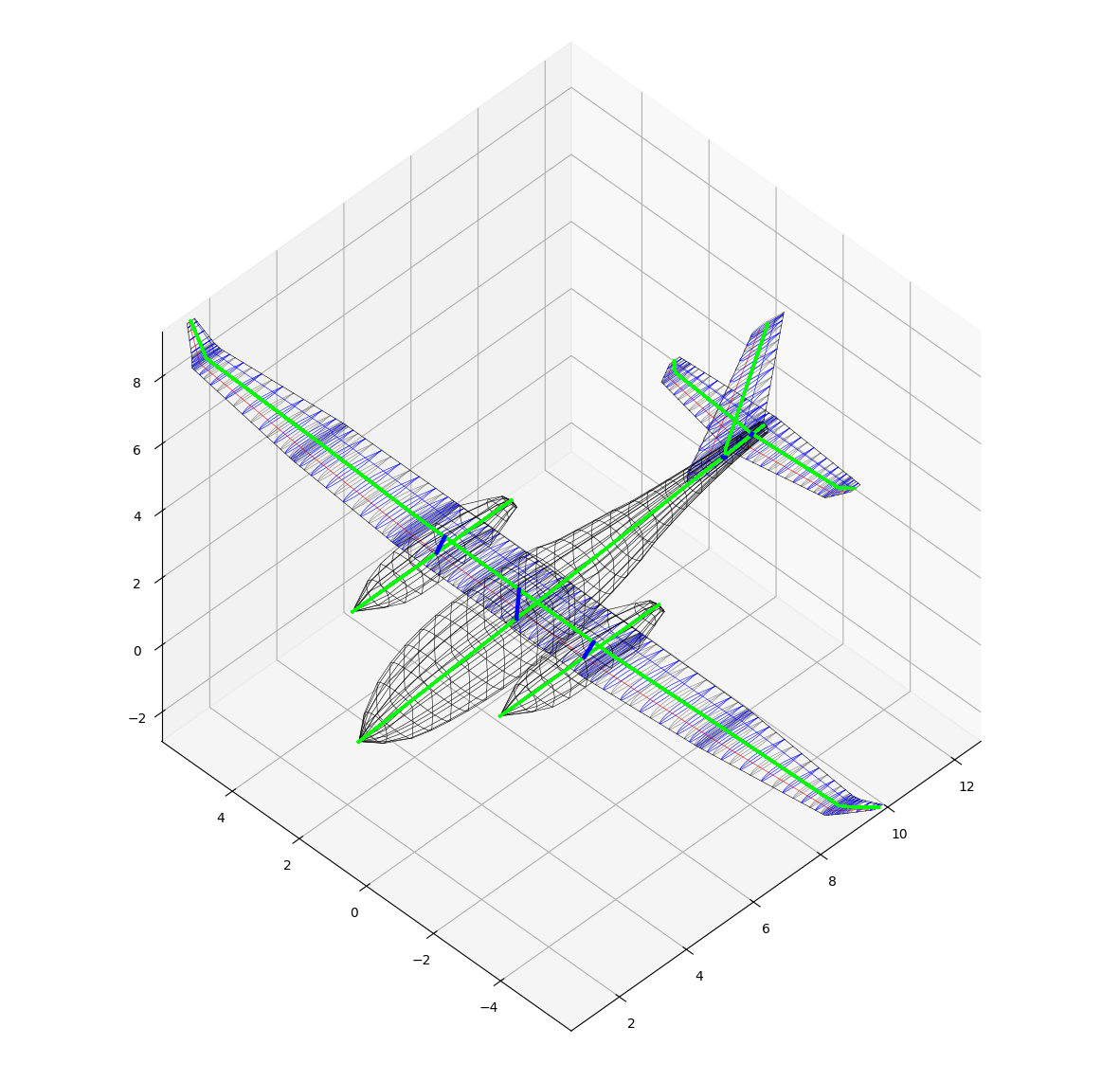
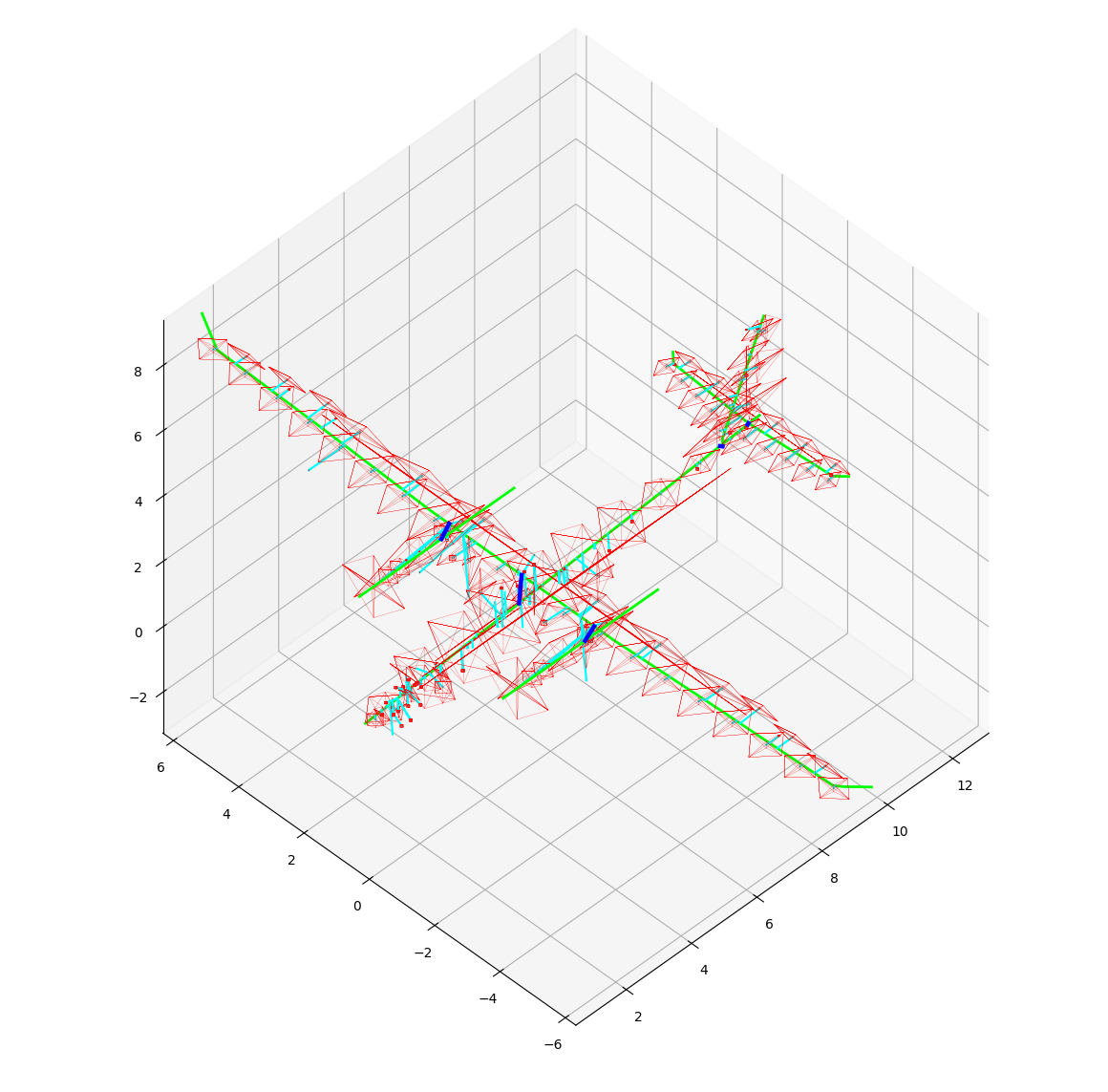
The toolset includes features for quick and reliable estimation of load cases applicable for aircraft certification. By inputting preliminary geometric and mass data, AIRLET II generates a comprehensive list of loads for all applicable cases, saving significant time during the initial certification phases.

AirDC's methodology, applied through the AIRLET II tool, is well-regarded, having been used as an example in EASA presentations during workshops like the GA Structures workshop.
